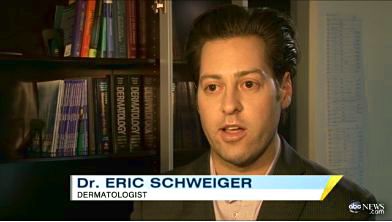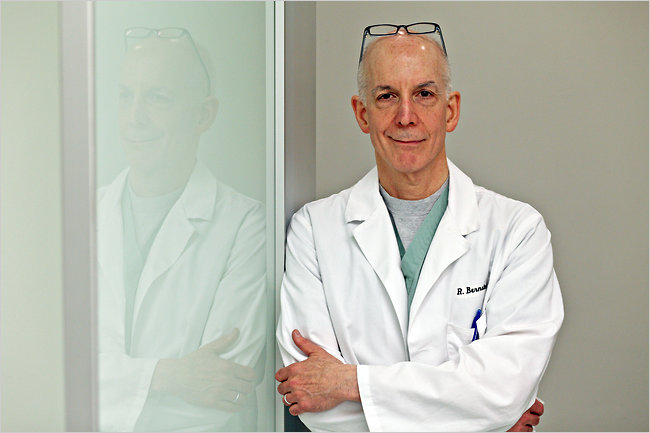 A double-blind scientific study published in the May 2012 issue of the Journal of the American Academy of Dermatology has found that latanoprost, a drug that mimics naturally-derived compound molecules called prostaglandins, significantly increases hair density on the scalp after 24 weeks of treatment in young men with mild hair loss.
A double-blind scientific study published in the May 2012 issue of the Journal of the American Academy of Dermatology has found that latanoprost, a drug that mimics naturally-derived compound molecules called prostaglandins, significantly increases hair density on the scalp after 24 weeks of treatment in young men with mild hair loss.
Latanoprost, like the eyelash restoration drug bimatoprost (better-known by its brand name Latisse), has been used to treat glaucoma. And like bimatoprost, latanoprost has been used to treat eyelash alopecia. The scientists who conducted the study sought to determine if latanoprost could stimulate hair growth when applied topically on the scalp.
While the sample size of the study was small (only 16 subjects), the researchers found that 50% of the subjects had statistically significant differences in hair density associated with increased hair pigmentation and thickness. Overall, at 24 weeks into the study, hair density had increased 22% in the entire study population. Another interesting finding is that the proportion of hairs in the anagen phase versus the telogen phase — referred to as the anagen/telogen ratio — remained stable. The authors of the study describe the significance of this finding:
“The stabile anagen/telogen ratio might indicate that latanoprost does not modify the length of anagen and telogen phases of individual hair follicles. However, as the absolute number of both anagen and telogen hair increased, it seems latanoprost recruits new hairs into the growth phase.”
In conclusion, the authors suggest that the study shows the possibilities of using prostaglandin analogues, like latanoprost, to treat androgenetic alopecia, or common hair loss on the scalp. More research is needed on latanoprost, or other prostaglandin analogues, to determine the ideal dosage and duration of treatment for hair loss.
Latisse, the brand owned by American pharmaceutical company Allergan, is currently being studied as a topical hair loss medication. The study will conclude in September 2012.
Posted by


 The January 2012 issue of the Journal of Drugs in Dermatology contains an article, written by Drs. Schweiger and Bernstein, which is the first case study of eyebrow growth from the topical use of bimatoprost.
The January 2012 issue of the Journal of Drugs in Dermatology contains an article, written by Drs. Schweiger and Bernstein, which is the first case study of eyebrow growth from the topical use of bimatoprost.

 Eyebrow transplant procedures are growing in popularity. More women are realizing how much damage they can cause to their appearance by overplucking, shaping, and over-styling their eyebrows. Today, the New York Times reports on the trend of repairing eyebrows with hair transplant techniques and the use of camouflage products to cover up eyebrows that have been “tamed into oblivion.”
Eyebrow transplant procedures are growing in popularity. More women are realizing how much damage they can cause to their appearance by overplucking, shaping, and over-styling their eyebrows. Today, the New York Times reports on the trend of repairing eyebrows with hair transplant techniques and the use of camouflage products to cover up eyebrows that have been “tamed into oblivion.”


